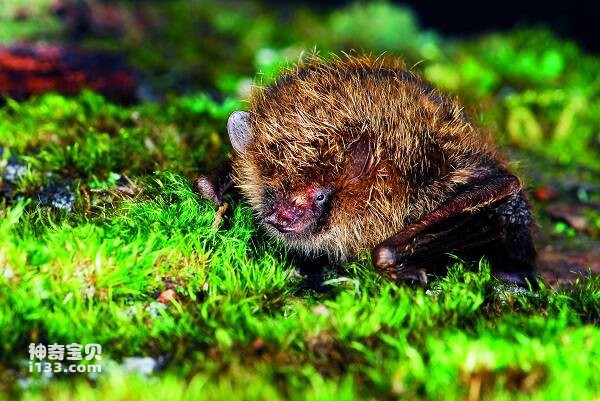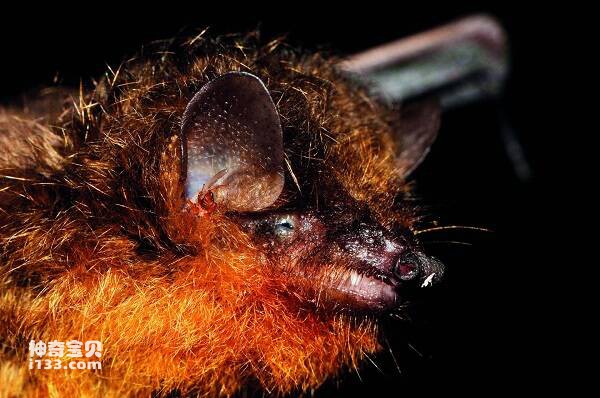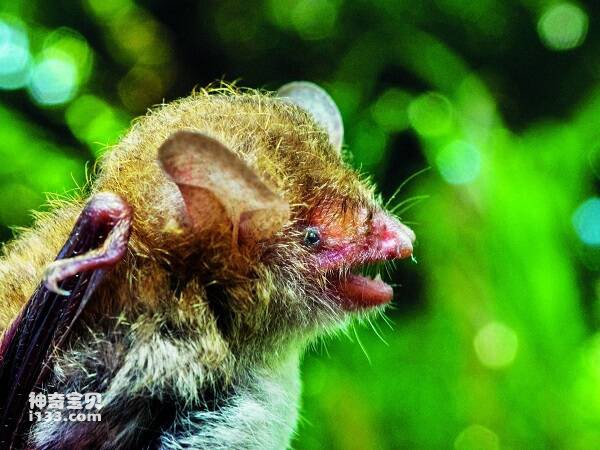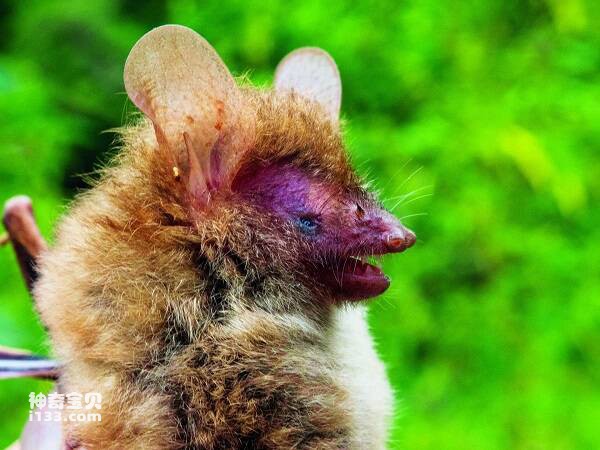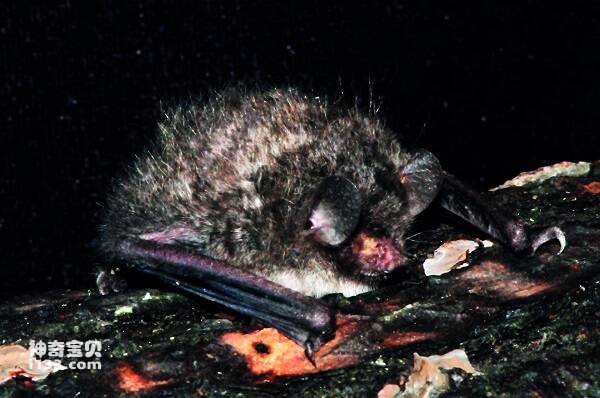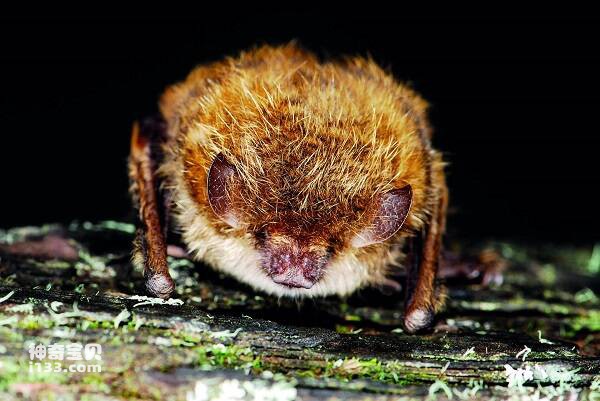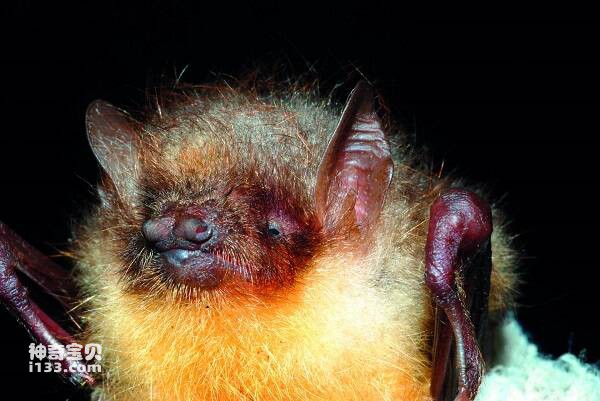Rhinolophus blythi
IUCN
LCBasic Information
Scientific classification
- name:Rhinolophus blythi
- Scientific Name:Rhinolophus blythi
- Outline:Chiroptera
- Family:Pterodactyla Chrysopteridae Chrysopterus
Vital signs
- length:35-44mm
- Weight:About 4 grams
- lifetime:
Feature
Distribution and Habitat
It is distributed in Anhui, Fujian, Guangxi, Guizhou, Hainan, Hebei, Hunan, Jiangsu, Jiangxi, Shaanxi, Sichuan, Zhejiang, Guangdong, Yunnan, Tibet, Macau and Hong Kong. It is distributed abroad in Cambodia, Thailand, India, Vietnam and Malaysia and other South and Southeast Asian regions.
It lives in rock caves with high humidity, tunnels (such as near the Jinggangshan Chong Reservoir in Jiangxi Province) and air-raid shelters.
Appearance
It's small. The forearm is about 37mm long. The ears are large, the base of the auricle is covered with hair; The saddle-shaped leaves are narrow in the upper part and wide in the lower part, with obvious depression between the connected leaves; The jointed leaves are pointed triangles, and are obviously higher than the tip of the saddle-shaped leaves. The dorsal hair is brown, the base of the hair is grey white, and the ventral hair is cinnamon. The throat is shallow.
Details
R. blythi andersen: Least horseshoe bat is the smaller of the horseshoe bats. It lives in caves, tunnels, or near settlements in low mountains. They live in common with other bats. The number is small,1-5 heads in a group, occasionally 20 large groups. Homogenous groups occur seasonally. Prey on moths and mosquitoes. Mid-june litter. It's good for killing mosquitoes and moths. Manure can be used as medicine. It is distributed in East China, Sichuan and Hainan. It is found abroad in northern Vietnam. This species is divided into two subspecies. The Southeast subspecies R.b. calidus (.Allen.) is distributed in East China, Sichuan and Zhejiang. The Hainanese subspecies R.b. arcus (.Allen.) is distributed in Hainan.

Rhinolophus sinicus can live with, but not in groups with, other species of bats, such as the Chinese Rhinolophus sinicus and the great Rhinolophus macrotis. Prey on flying insects, especially gnats and other small flying insects. Good for mankind.
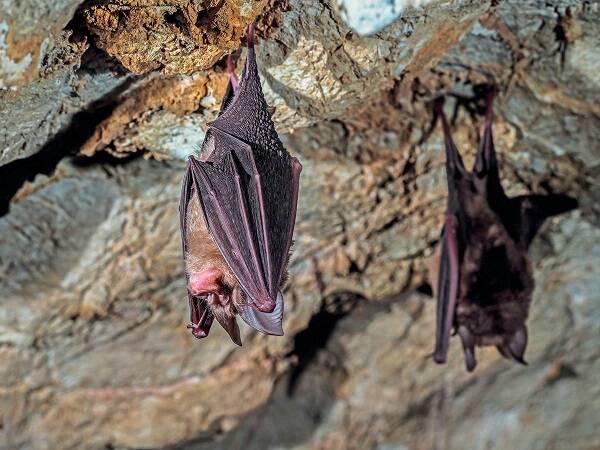
The Rhinolophus microtus, Rhinolophus unicornis, and Rhinolophus horned are very similar in morphology, and there are different views on the taxonomic status of Rhinolophus microcephalus and Rhinolophus unicornis. The taxonomic status of Rhinolophus minimus and Rhinolophus unicornis was studied by analyzing the complete sequence of cytochrome b gene. MEGA2 software was applied to calculate that the uncorrected sequence divergence between the two species was only 1.2% to 1.4%, and the uncorrected sequence divergence between the two species and the horned bat was 2.5% to 3.0% and 2.1% to 2.5%, respectively, which did not reach the inter-specific divergence value. Therefore, it was considered that the microcephalus bat, the horned bat and the horned bat should be the same species and subdivided According to Ellerman(1951) and Koopman(1993), the Daisy Bat and the single horned bat are two subspecies of the horned bat. At the same time, it is calculated that the earliest differentiation of Daisy bats and single horned bats from the horned bats was about 1.367 million years ago.


